Recently, a reader asked me for a list of carrier oil substitutions for some of my beauty recipes hence this post! 🙂 I understand this need completely since we can’t have all the carrier oils required on hand. I like to keep a few common carrier oils, including my favorite coconut & sweet almond, available all the time since some of them are used in cooking (coconut, olive, sesame, hemp & macadamia nut oils). On the other hand, carrier oils such as argan oil or rosehip oil can be difficult to find or are expensive so sometimes, substitutes can be used perfectly without any problems.
However, you must know that it is a bit tricky finding a substitute because every carrier oil has a myriad of factors that makes it different from another carrier oil including consistency & thickness, absorption rate, melting point, scent and even comedogenic rating, among others.
So if you use say, castor oil in place of safflower oil in a lotion recipe, you might end up with a greasy lotion since castor oil has a heavier and thicker consistency and slow absorption rate compared to safflower oil.
Before we move on to the list of carrier oil substitutions, let’s talk about some of the factors I mentioned above!
► Consistency – The consistencies/thickness of carrier oil varies from heavy to light. For example, oils like safflower and grapeseed have a light/thin consistency while avocado and wheat germ oils have heavy/thick consistencies. Castor & wheat germ oils also have sticky consistencies, in addition to being thick. When making lotions/creams for acneic or oily skin, it’s best to use oils with light and thin consistencies such as grapeseed, safflower, sunflower and sweet almond.
► Scent – Some carrier oils have overpowering scents such as sesame & sweet almond oils. Avoid these in carrier oil substitutions especially when you want your diy product to have a neutral/specific scent. Sometimes mixing essential oils and a carrier oil with an overpowering scent creates a weird smelling product and you might be forced to add more drops of essential oil. Choose oils such as safflower, macadamia nut, jojoba, grapeseed, sunflower and argan, among others for a neutral scent.
► Absorption Rate – Different oils have different absorption rates. You must have noticed that some oils get absorbed rapidly into your skin while others penetrate so slowly that you might want to apply only a dot all over your whole face. Among the fast absorbing carrier oils includes coconut oil – its medium chain triglycerides have a small molecular structure, enabling them to rapidly get absorbed into your skin. If you have acne-prone skin, avoid carrier oils with a slow absorption rate such as cocoa butter, beeswax, avocado and castor oils, among others. Usually, the thicker/heavier the carrier oil, the slower its absorption rate. Fast absorbing oils such as camellia seed oil & rosehip oil are good for oily/acne-prone skin types. If your skin is dry, flaky and parched, use slow absorbing oils, such as castor, avocado, sesame, etc immediately after washing your face and without wiping off the water, to seal in moisture and instantly moisturize and take away dryness). For normal skin, use carrier oils with medium absorption rates such as jojoba, sunflower, hemp seed, macadamia nut, etc.
► Melting Point – This is in reference to solid carrier oils/butters such as coconut oil, shea butter and cocoa butter, among others. Some oils/butters melt faster than others, for example if you placed pea-sized amounts of coconut oil, shea butter & cocoa butter on your arm, you will notice that coconut oil will be the first to melt, followed by shea butter, then lastly cocoa butter. How does melting point affect your DIY recipes? Well, some recipes call for shea butter but if you use coconut oil instead, you will find your lotion/cream/body butter completely melted down during summer months. Meanwhile, shea butter doesn’t really melt down completely during hot temperatures.
► Comedogenic Rating – Comedogenic rating of a carrier oil simply refers to a scale of 0-5 showing the pore-clogging potential of a carrier oil, with 0 being non-comedogenic and 5 being highly comedogenic. If making DIY products for acne, oily skin or breakout-prone skin, it’s best to use oils with a comedogenic rating of 0 for example, hemp oil, shea butter, safflower oil and sunflower oil. Oils with comedogenic rating of 1 for example, grapeseed, rosehip, jojoba and emu oils can also be used without any problems. For normal skin, stick to a rating of 0-2 to avoid clogging pores. For dry, flaky and parched skin, use oils such as sesame, wheat germ, evening primrose, soybean, avocado, etc. Although coconut oil has a comedogenic rating of 4, it works wonders for some people with acne-prone skin due to its powerful anti-microbial properties that fight off acne-causing germs. Using it in the oil-cleansing method, for example is very useful for people with acneic skin.
Quick List of Carrier Oils & What You Can Use In Place of Them
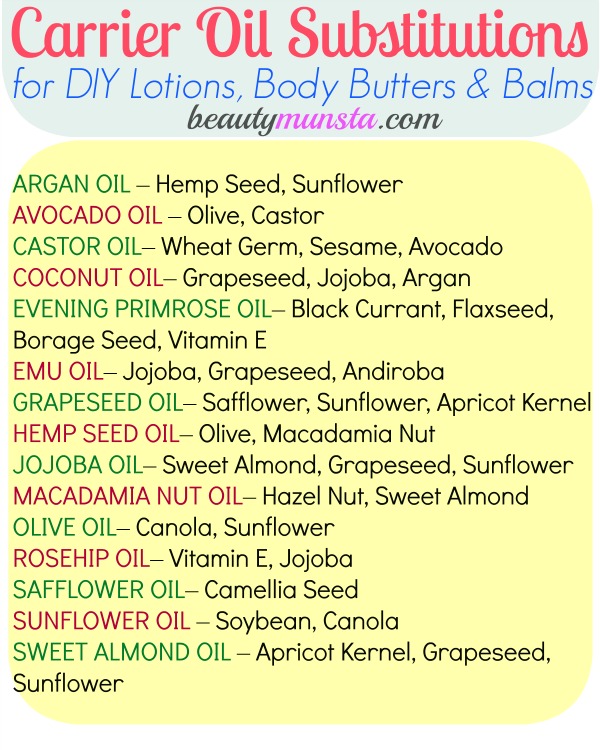
→ Argan Oil – Hemp Seed Oil, Sunflower Oil
→ Avocado Oil – Olive Oil, Castor Oil
→ Castor Oil – Wheat Germ Oil, Sesame Oil, Avocado Oil
→ Coconut Oil – Grapeseed Oil, Jojoba Oil, Argan Oil
→ Evening Primrose Oil – Black Currant Oil, Flaxseed Oil, Borage Seed Oil, Vitamin E Oil
→ Emu Oil – Jojoba Oil, Grapeseed Oil, Andiroba Oil
→ Grapeseed Oil – Safflower Oil, Sunflower Oil, Apricot Kernel Oil
→ Hemp Seed Oil – Olive Oil, Macadamia Nut Oil
→ Jojoba Oil – Sweet Almond Oil, Grapeseed Oil, Sunflower Oil
→ Macadamia Nut Oil – Hazel Nut Oil, Sweet Almond Oil
→ Olive Oil – Canola Oil, Sunflower Oil
→ Rosehip Oil – Jojoba Oil
→ Safflower Oil – Camellia Seed Oil
→ Sunflower Oil – Soybean Oil, Canola Oil
→ Sweet Almond Oil – Apricot Kernel Oil, Grapeseed Oil, Sunflower Oil
Take Care
Please ensure you aren’t allergic to any of the carrier oils above before using them on your skin. Use a patch test on your inner elbow/wrist to be sure you will not have negative skin reactions. If you discover any skin irritation, itching, redness/rashes in that area within 24 hours, please do not use the carrier oil on your skin.

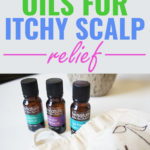
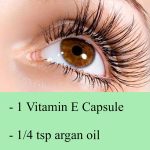
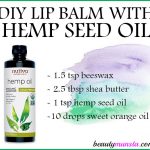
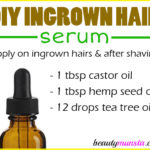
What if you are making something that calls for vitamin E oil? Will sweet Almond oil work instead? Or what else?
This is my first attwmpt at making DIY. I’m very excited. I just can’t use vitamin E oil.
Hey Mary, you can try! Vit e is mainly added to diy creams and products because it is a powerful antioxidant that protects your product from randicity. You can use wheat germ oil high in vit e or for a similar consistency evening prom rose oil as mentioned above. My suggestion is make a smaller batch to use it before it has a chance of rancifying or store you’re product in the refridgerator. I hope I helped!
So if I used evening prim rose carrier would I be able to not use vitmain E oil and not keep it in the fridge?
No you can’t, Mary. The consistency of evening primrose oil is similar to vit E oil. But the antioxidant power of vit E is not in evening prim rose…
Whats a neutral carrier that penetrates the skin?
I want to make my own transdermal vitamins avoiding pills all the time